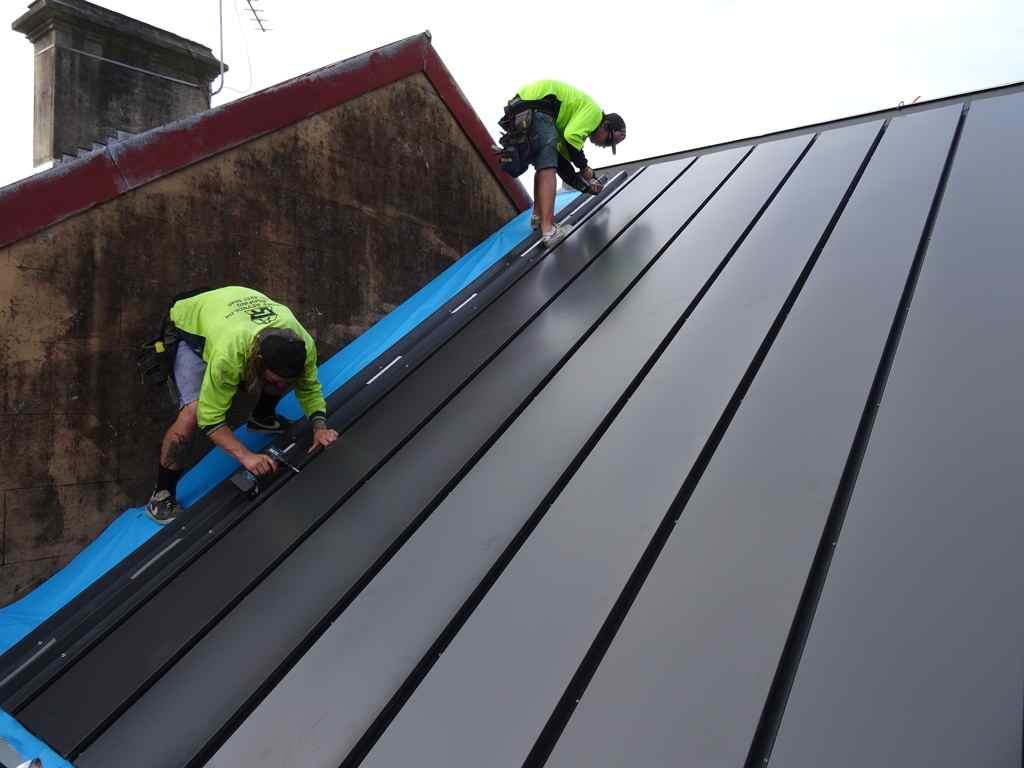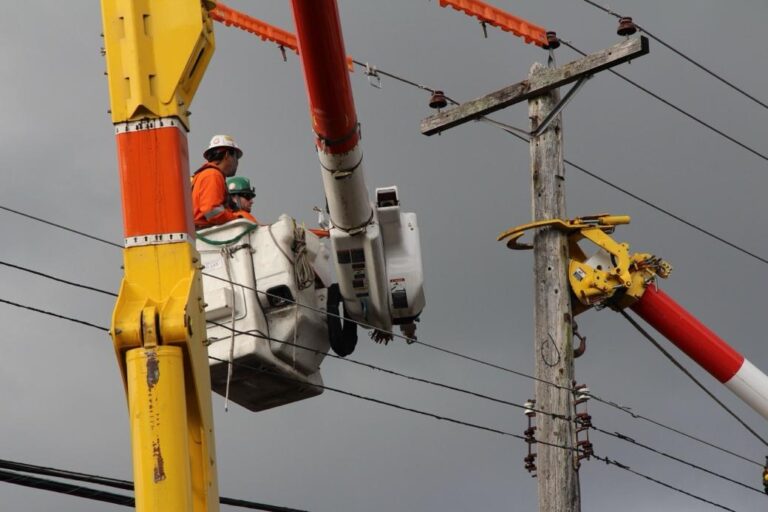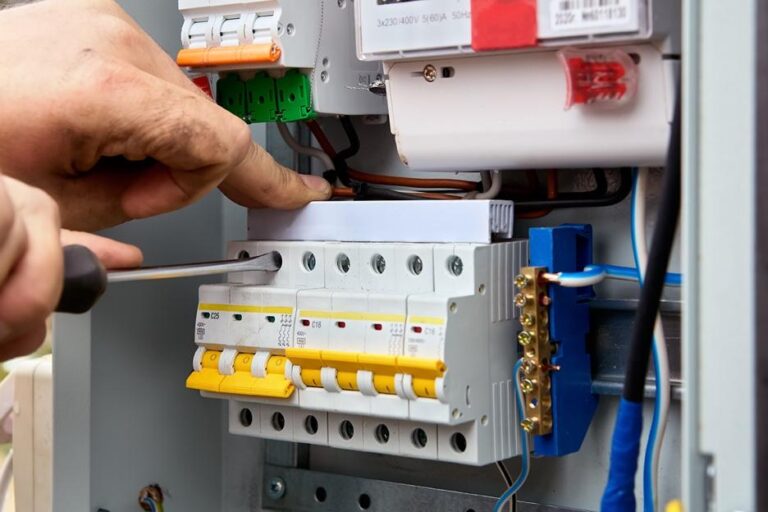Understanding the Roof Cavity Method
When it comes to electrical installations, there are several methods that electricians use to route wiring throughout a building. One common approach is the Roof Cavity Method, which involves running electrical cables through the roof space of a building. This method is typically chosen for homes with accessible roof cavities, such as those with pitched roofs or attics, where there is enough space to safely install the wiring.
The roof cavity provides a discreet and relatively easy pathway for electricians to lay out circuits without major structural alterations. It’s especially practical in buildings where there is a need for retrofitting or additional wiring, such as for lighting, air conditioning, or solar panels. The roof cavity allows electricians to access different rooms from above, minimising the need for disruptive work inside walls or floors.
Safety is a key consideration in the Roof Cavity Method. Electricians ensure that all wiring is properly insulated and secured, avoiding any contact with combustible materials like insulation or timber framing. Proper ventilation and the avoidance of water ingress are also critical, as moisture in the roof cavity can cause electrical faults or hazards over time.
The Roof Cavity Method is often favoured for its speed and convenience, especially in residential settings where roof spaces are readily available. It also allows for easier maintenance and future upgrades, as the wiring is accessible without requiring major demolition or invasive procedures.
The Underground Method
In contrast, the Underground Method involves laying electrical wiring beneath the ground, typically in protective conduits. This method is often used for outdoor electrical installations or where it is impractical or impossible to run cables through a roof cavity, such as in flat-roofed buildings or commercial properties.
The Underground Method is ideal for installations that require a seamless and hidden appearance, as all the cables are buried out of sight. This method is commonly used for connecting external structures like garages, sheds, or outdoor lighting systems. It is also preferred when the electrical system needs to be more resilient against environmental factors, such as storms or physical damage.
One of the significant advantages of the Underground Method is its durability and protection. When installed correctly, underground wiring is less likely to be damaged by external factors, including pests, weather, or accidental impact. The cables are protected by conduits, which guard against moisture and corrosion, ensuring the longevity of the electrical installation.
However, the Underground Method can be more labour-intensive and costly upfront compared to the Roof Cavity Method. It often requires digging trenches, which can be time-consuming and disruptive, especially in already developed areas. Additionally, while underground cables are well protected, repairs can be more difficult to carry out once the cables are buried, requiring excavation to access the faulty wiring.
Choosing Between Roof Cavity and Underground Methods
Both the Roof Cavity Method and Underground Method have their advantages depending on the specific needs of the project. The Roof Cavity Method is quick and less disruptive for most residential homes, providing flexibility for future upgrades. The Underground Method, while more robust and discreet for outdoor or commercial installations, involves a more complex setup.
When deciding on the best approach for your electrical project, consider factors such as the structure of the building, environmental conditions, and future access requirements. An experienced electrician will be able to guide you on the most suitable method for your specific needs.

















